We often think of animals as being driven purely by survival instincts—hunt to eat, fight to protect. But what if I told you there’s a wild side to some creatures that defies this primal script? Welcome to the dark and twisty world of animals that kill for fun. That’s right, just like your cat batting around a toy mouse long after the thrill of the hunt is gone, some animals engage in what seems like senseless killing, and it’s as fascinating as it is unsettling.
1. Dolphins: The Sea’s Playful Assassins
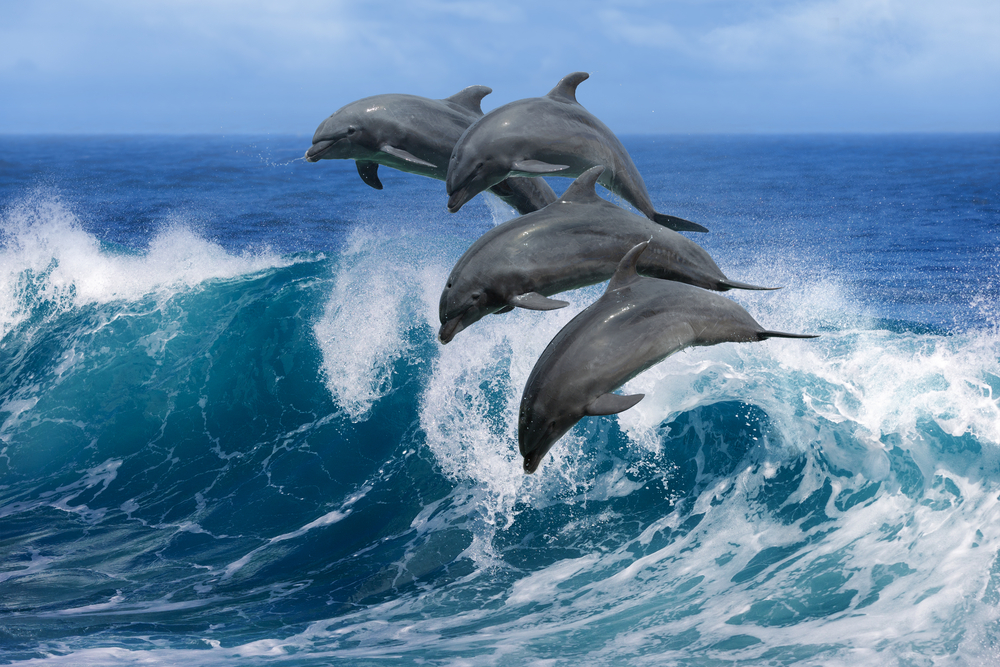
Dolphins are the ocean’s charmers, known for their intelligence, playful nature, and, surprisingly, their ruthless streak. These cetaceans have been observed engaging in bouts of violence that don’t serve any immediate survival need. They sometimes kill porpoises in what appears to be playful aggression, despite having no intention of eating them. Scientists speculate that these acts could be practice for hunting, or perhaps a display of dominance within their social structures. Whatever the reasoning, their playful antics take on a darker tone when it comes to these aggressive encounters. According to a report by the BBC, a group of bottlenose dolphins was observed repeatedly chasing, slamming, and throwing a porpoise out of the water for over ten minutes.
What’s fascinating is that dolphins are also known for saving humans and other animals from danger, which makes their violent outbursts all the more perplexing. This duality in behavior suggests a complex social and emotional life, hinting that dolphins, like humans, might occasionally act out of boredom or social stress. It challenges our perception of animals as purely instinctual beings, reminding us that intelligence and emotion in the animal kingdom are as varied and nuanced as in our own.
2. Cats: The Feline Frenzy
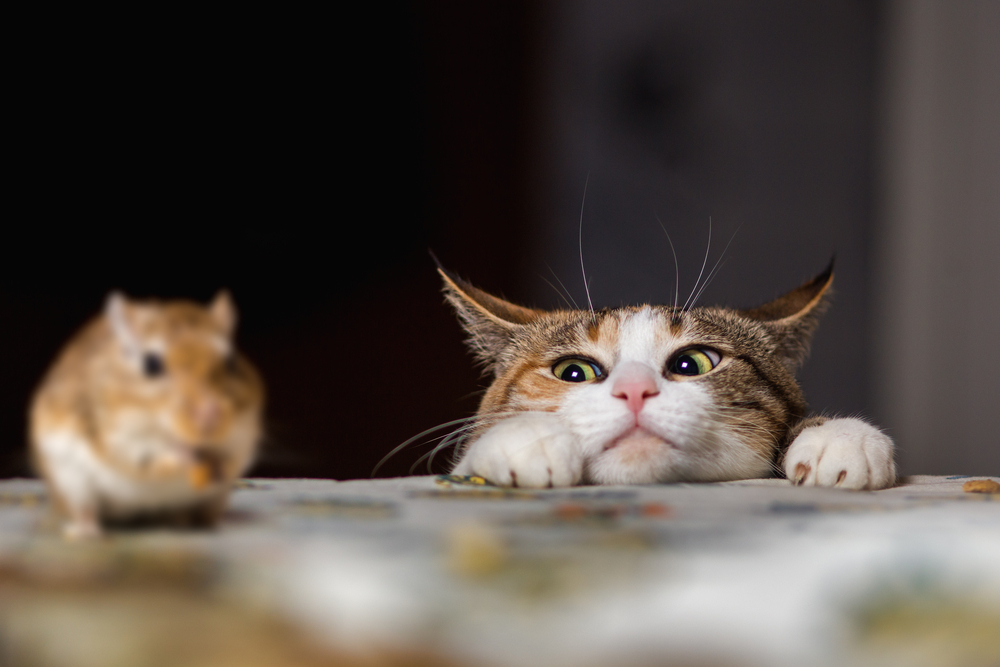
If you’ve ever watched a house cat catch and then release a mouse only to catch it again, you know how merciless our feline friends can be. Domestic cats are notorious for playing with their prey, often tormenting them long after the kill should have occurred. This behavior isn’t limited to house cats; wild cats, from bobcats to lions, have also been observed engaging in seemingly “recreational” hunting. Theories suggest this behavior stems from their predatory instincts, honed by millions of years of evolution—practice makes perfect, after all. As noted by Live Science, cats’ play instincts, such as batting, pouncing, and raking with claws, are derived from hunting behavior, and they often play with their prey to tire it out before eating, reducing the risk of injury.
Yet, this killing for sport seems to go beyond mere hunting practice. It suggests an inherent drive for stimulation and engagement that echoes the complex play behaviors seen in higher mammals. For cats, hunting is not just about food; it’s a game, a challenge, an instinctual need that must be fulfilled, much to the dismay of small critters everywhere. This might tell us that animals, like humans, seek activities that stimulate their senses and engage their minds, even when survival isn’t on the line.
3. Orcas: Killer Whales With a Twist
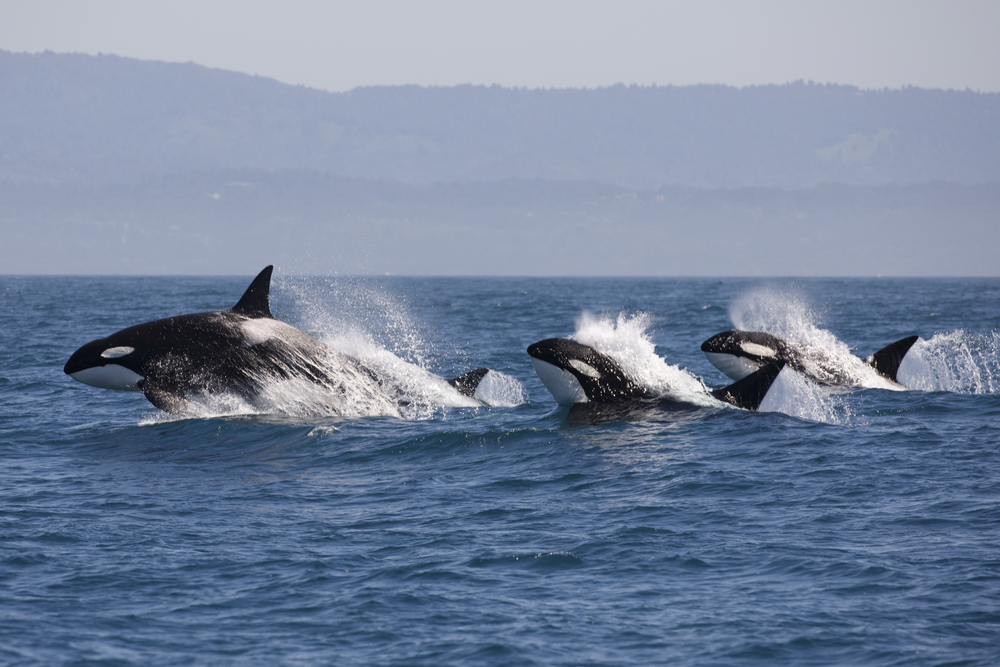
Orcas, or killer whales, have earned their ominous name not just because of their hunting prowess but also due to their penchant for killing without consumption. These intelligent marine mammals have been observed hunting seals and, after the kill, not eating them. Instead, orcas seem to engage in these behaviors as a social exercise or even a form of entertainment. They have complex social structures, and some researchers speculate that these kills might be a way of teaching younger orcas hunting techniques or establishing social hierarchies. According to a study published in BMC Zoology, aggressive interactions between bottlenose dolphins and harbor porpoises have been reported in different parts of the world since the late 1990s, suggesting complex social behaviors.
Orcas’ playful nature often involves tossing their prey into the air and engaging in what looks like a celebratory dance. Watching them interact, it’s clear they enjoy the challenge and the social bonds that these activities reinforce. This indicates a level of social and cognitive complexity that rivals some of the smartest creatures on land, hinting that for orcas, killing isn’t just about survival—it’s also about community and learning.
4. Foxes: The Sly Tricksters
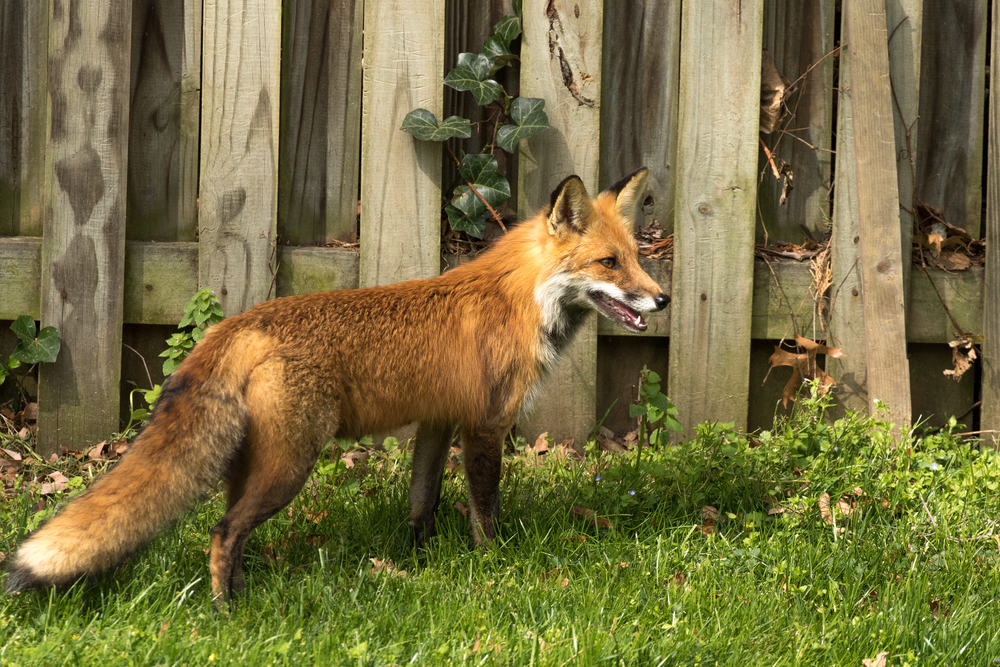
Foxes are known for their cunning and adaptability, and apparently, their penchant for indulging in surplus killing sprees. Unlike other predators, who might kill one or two extra animals as a reserve, foxes sometimes slaughter dozens of creatures in a single event, particularly in enclosed environments like henhouses. This behavior seems to defy logic since they can’t possibly consume all the prey they kill. Scientists theorize that this could be a result of overstimulation—a kind of hunting frenzy triggered by the abundance of prey.
This behavior challenges our understanding of foxes as mere opportunistic feeders. Instead, it paints them as creatures deeply attuned to their environments, with instincts that may trigger an overwhelming response to certain stimuli. It invites us to consider the impact of human environments on animal behavior and how our presence might trigger these natural instincts in unexpected ways.
5. Wolves: The Pack Hunters
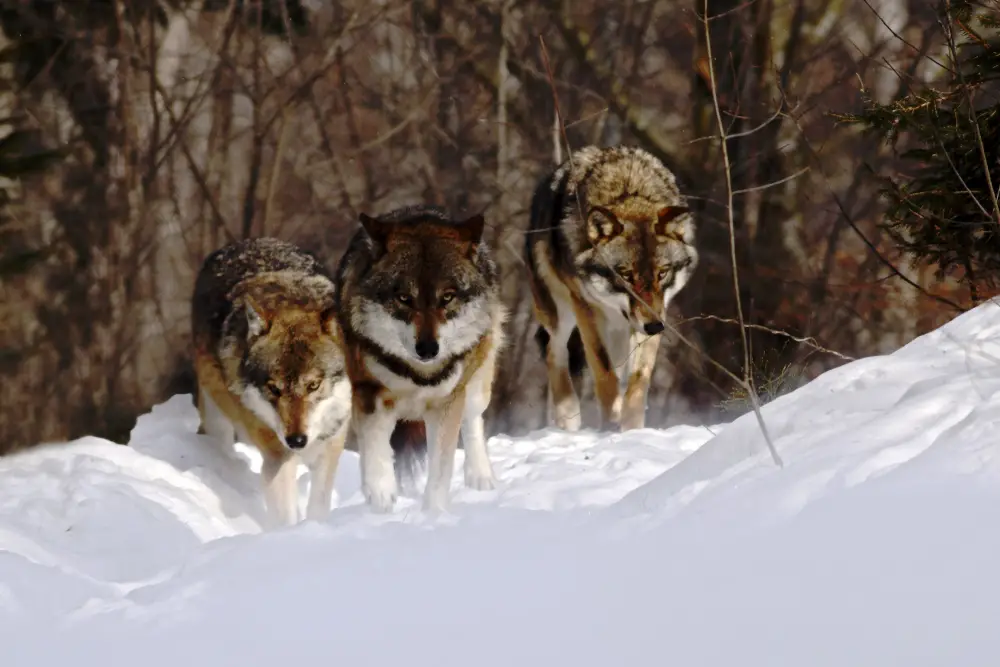
Wolves are often painted as the ultimate predators, and indeed, they are skilled hunters with a highly cooperative pack dynamic. However, wolves have been known to kill more than they can eat, particularly during times of abundance. This behavior, called surplus killing, is thought to be part of their survival strategy, ensuring that their pack has enough food in times of scarcity. However, wolves have also been observed killing for reasons that don’t seem immediately tied to survival, such as attacking livestock without consuming the meat.
These actions suggest a deeper complexity to the wolf’s social structure and perhaps even a psychological component to their hunting practices. Surplus killing may serve as practice for younger wolves or could be a method of reinforcing pack hierarchies and bonds. It reminds us that the animal kingdom is full of rich social interactions and behaviors that go beyond mere survival, mirroring human habits in surprising ways.
6. Chimpanzees: Our Closest Relatives
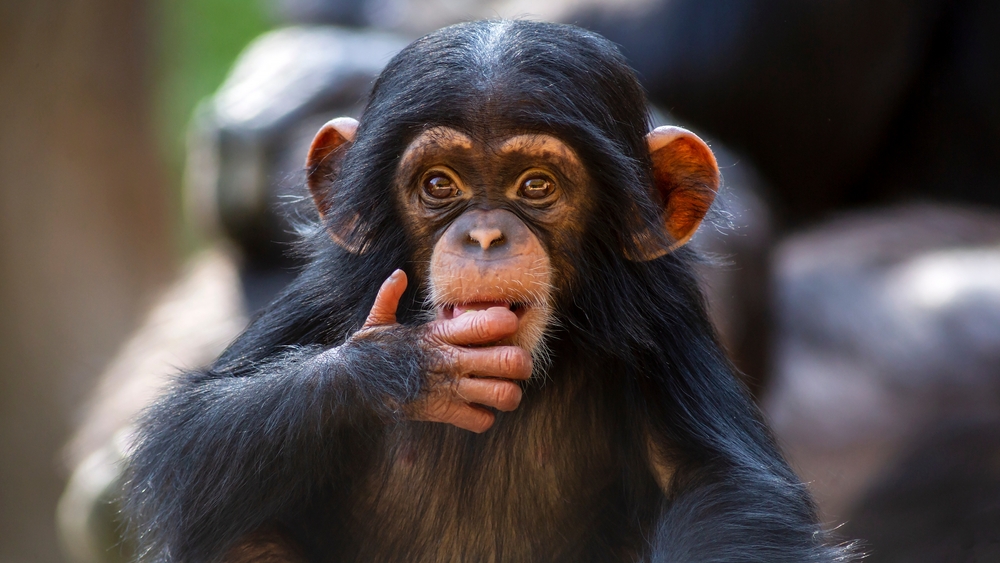
Chimpanzees share about 98% of our DNA, and their behavior sometimes eerily reflects our own. They have been documented engaging in violent acts that appear to be more about social dominance than survival. These primates have been observed killing members of neighboring groups in what seem like organized raids, and the violence doesn’t stop with the kill. This behavior, while shocking, offers insight into their complex social structures and the darker aspects of their social behaviors.
This aggressive behavior may stem from competition for resources or mates, reflecting a deep-seated territorial instinct. It shows us that even our closest relatives in the animal kingdom experience social pressures and conflicts akin to those seen in human societies. Chimpanzees remind us that violence among intelligent creatures can be a complex interplay of social dynamics, not just a means of survival.
7. Weasels: The Ferocious Little Hunters
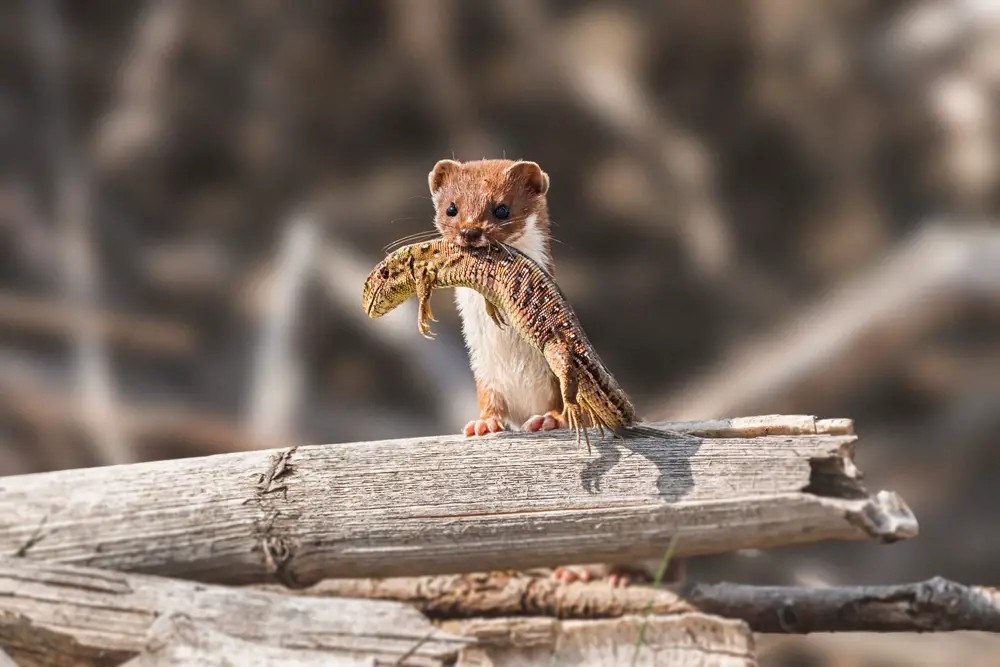
Don’t let their small size fool you—weasels are ferocious predators known for killing more than they need in a single spree. These agile hunters often engage in surplus killing, especially in environments where prey is abundant, such as poultry farms. While they are efficient hunters, capable of taking down prey much larger than themselves, their tendency to kill in excess seems to serve little immediate purpose. This behavior might be driven by a natural instinct to stockpile food, yet the reality often leaves much of their prey uneaten.
The weasel’s behavior highlights the fascinating paradox of nature’s efficiency and excess. It’s as if their instincts kick into overdrive, unable to resist the thrill of the chase and the kill. This surplus killing behavior may be a remnant of evolutionary adaptation, which once served to ensure survival during lean times but now manifests as a seemingly pointless killing spree in certain environments.
8. Spotted Hyenas: Laughing Killers
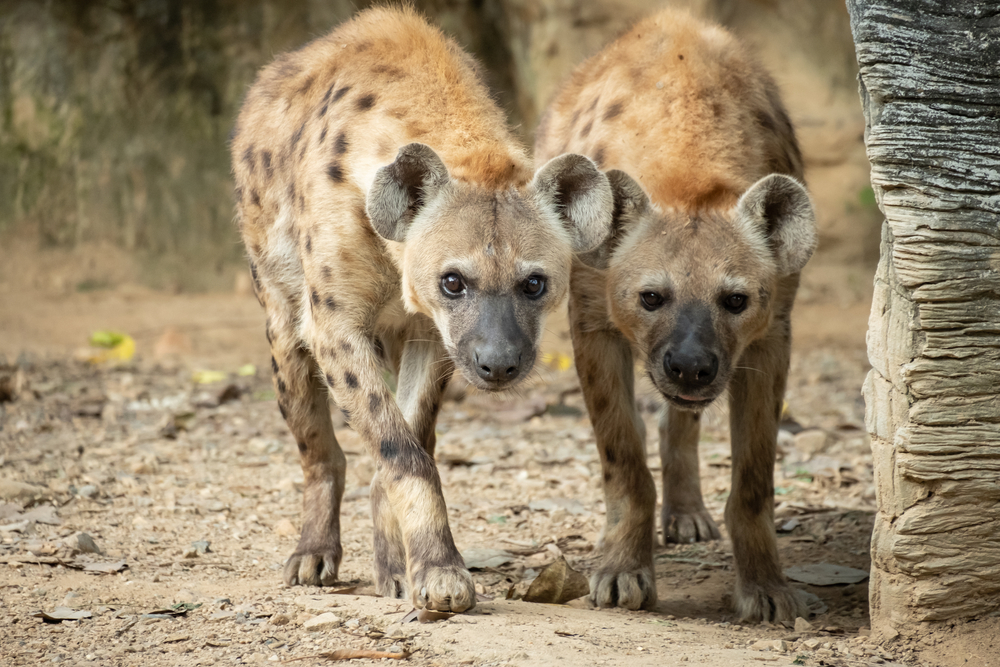
Spotted hyenas often get a bad rap due to their scavenging habits and their eerie, laughter-like calls. However, they’re also skilled hunters capable of taking down large prey—and sometimes, they kill seemingly for sport. Observations in the wild have shown hyenas engaging in attacks that don’t result in food consumption, leading researchers to question the motivation behind these acts. Some believe it might be tied to social structures and dominance, akin to how young hyenas learn and practice hunting skills.
While their laughter might be unsettling, it underscores the complexity of their social interactions and communication. This behavior suggests that hyenas might be driven by more than primal hunger, engaging in activities that reinforce social bonds or serve as training for younger pack members. It serves as a reminder that the animal world is full of complex, interconnected social structures driven by instincts beyond mere survival.
9. Dogs: Man’s Best Friend With a Dark Side
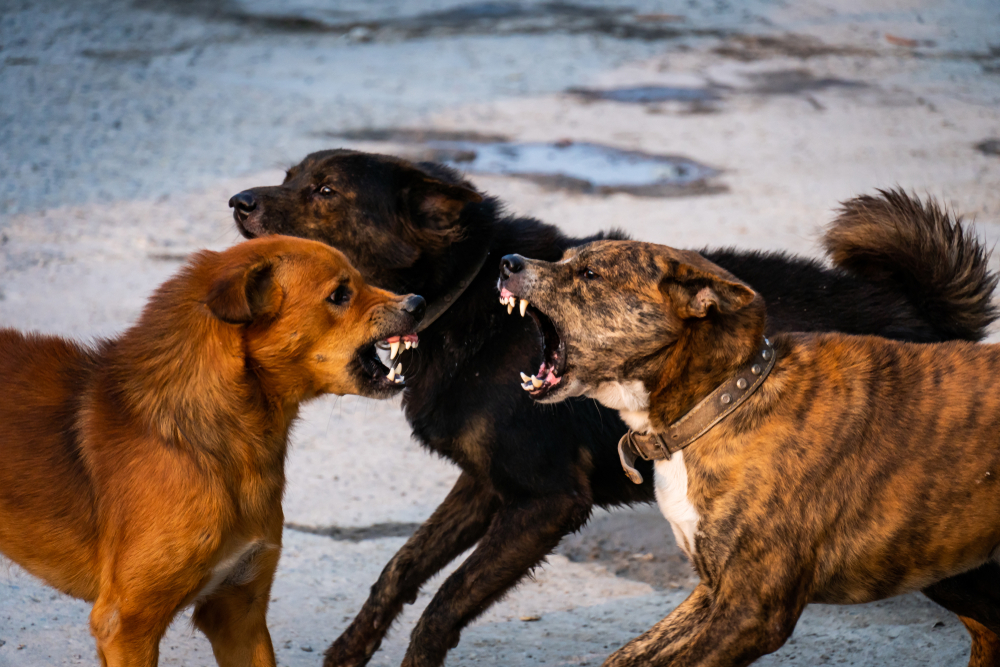
Dogs, especially in packs, can exhibit behaviors that echo their wild relatives, including unnecessary killing. While domestic dogs might seem far removed from their wolf ancestors, they can revert to instinctual behavior when in groups, sometimes resulting in the killing of livestock or other animals without the intent to consume them. This can be particularly evident in feral or semi-feral populations. These actions highlight the thin line between domestication and the call of the wild embedded within their DNA.
This predatory instinct might be triggered by the excitement of the chase or the social dynamics within a pack. It reminds us that even domesticated animals retain the instincts of their wild ancestors, and these can surface in certain conditions, often leading to behaviors that puzzle us. It’s a sobering reminder of the power and persistence of natural instincts, even in animals we consider part of our human families.
10. Stoats: Small But Mighty Predators
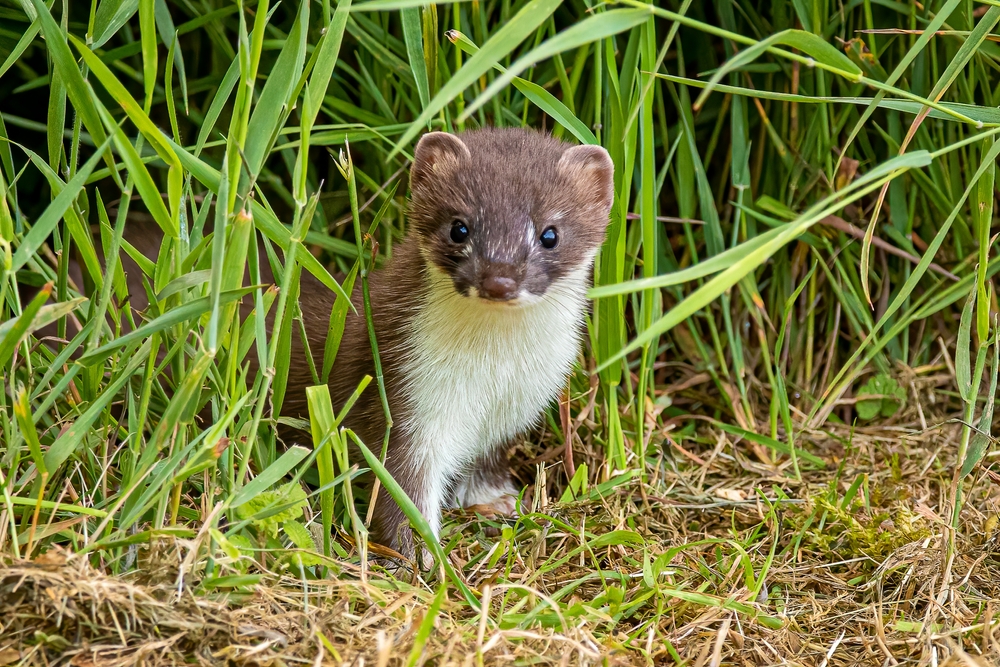
Stoats are small but impactful hunters, known for their dramatic and seemingly excessive killing patterns. These small mustelids engage in surplus killing, often taking down more prey than they can eat, particularly in closed environments like henhouses. It’s believed that their high metabolic rates drive them to hunt and kill as much as possible, ensuring they always have access to food. However, the extent of their killing often appears to surpass immediate needs, raising questions about the motives behind this behavior.
Their actions suggest a strong instinct for survival in an uncertain world, where food availability can fluctuate wildly. This behavior is a testament to the survival strategies that have evolved over millennia, driving them to take advantage of plentiful resources whenever possible. Stoats teach us about the relentless drive of nature to prepare for the unpredictable, ensuring survival even when it seems excessive by human standards.
11. Coyote: The Opportunistic Trickster

Coyotes are notorious for their opportunistic hunting strategies and their ability to adapt to a wide variety of environments. This adaptability sometimes leads to surplus killing, particularly in areas where prey is abundant, such as livestock farms. While it’s understandable that they may overhunt to ensure survival during leaner times, these killing sprees often seem excessive. Researchers suggest that this might be a result of overstimulation or a reflection of their innate predatory drives.
Surplus killing by coyotes highlights their complex role in ecosystems as both predators and scavengers. It underscores their adaptability and resilience, traits that have allowed them to thrive despite human expansion into their territories. This behavior serves as a reminder that even the most cunning and adaptable animals can exhibit instincts that don’t always align neatly with our understanding of nature’s balance.
12. Lions: The Kings of the Savanna
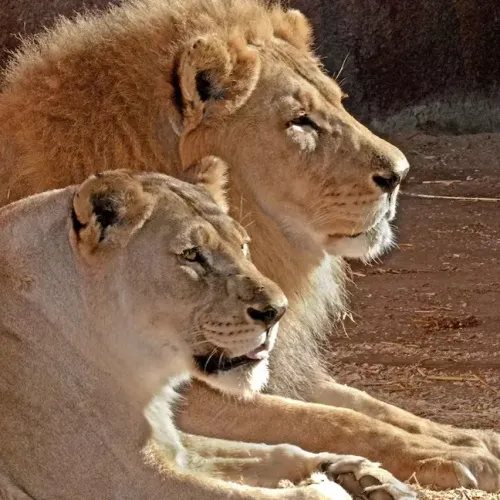
Lions are revered as the ultimate predators of the African savanna, known for their majestic presence and powerful hunting skills. Yet, they, too, engage in what appears to be killing for sport. In some instances, lions have been observed killing more animals than they can consume, particularly when prey is plentiful. This behavior might serve multiple purposes, from practice for younger lions to asserting dominance within their prides.
These actions suggest that even the “king of the jungle” experiences the complex interplay of social structures and survival instincts. Lions’ surplus killing serves as a reminder of the complex social dynamics that govern animal behavior, where the survival of a pride depends on both cooperation and competition. This behavior underscores the intricate balance of nature’s most formidable predators, blending instinct, social structure, and survival strategies in a way that continually fascinates researchers and wildlife enthusiasts alike.
13. Mink: The Voracious Hunters
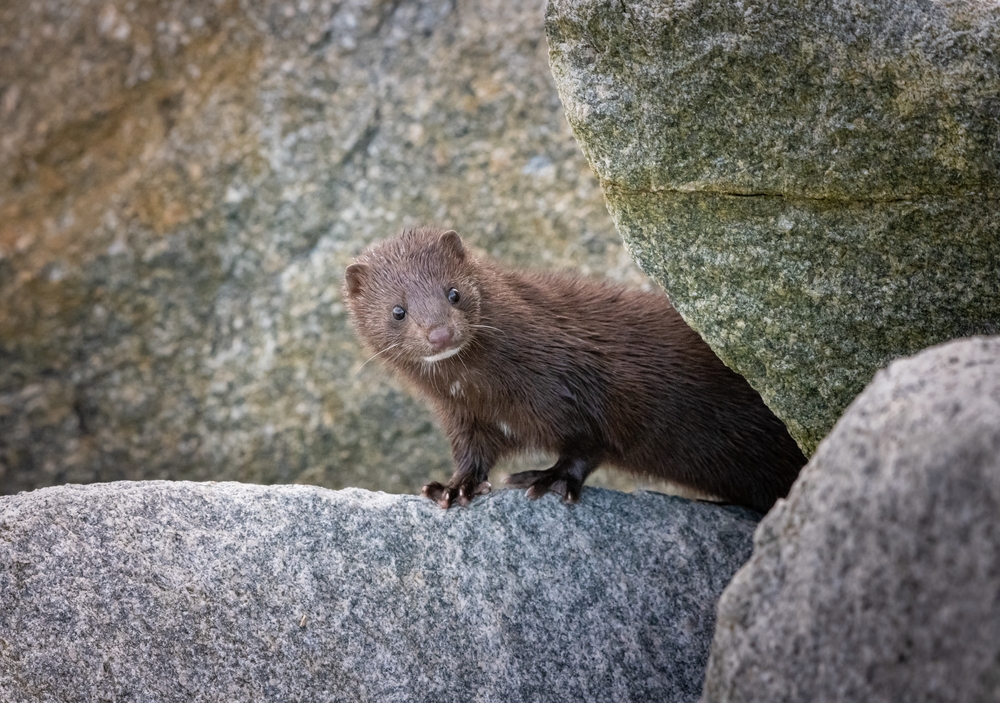
Mink are small, semi-aquatic mammals known for their sleek fur and aggressive hunting behavior. They are proficient predators, and like their relatives, stoats, they sometimes kill more than they can eat, particularly in farm environments. This surplus killing behavior is driven by their natural instincts to hunt and stash food for future scarcity. However, the sheer volume of their kills often seems to go far beyond what’s necessary for survival.
This behavior illustrates the powerful drives that govern predatory animals, even when those instincts result in seemingly irrational actions. It’s a vivid reminder of the survival strategies that have been ingrained in them over countless generations, ensuring their success as hunters in a world full of unpredictability. Mink, with their voracious appetite and keen hunting skills, embody the relentless pursuit of survival that defines much of the natural world.
14. Leopards: The Stealthy Stalkers
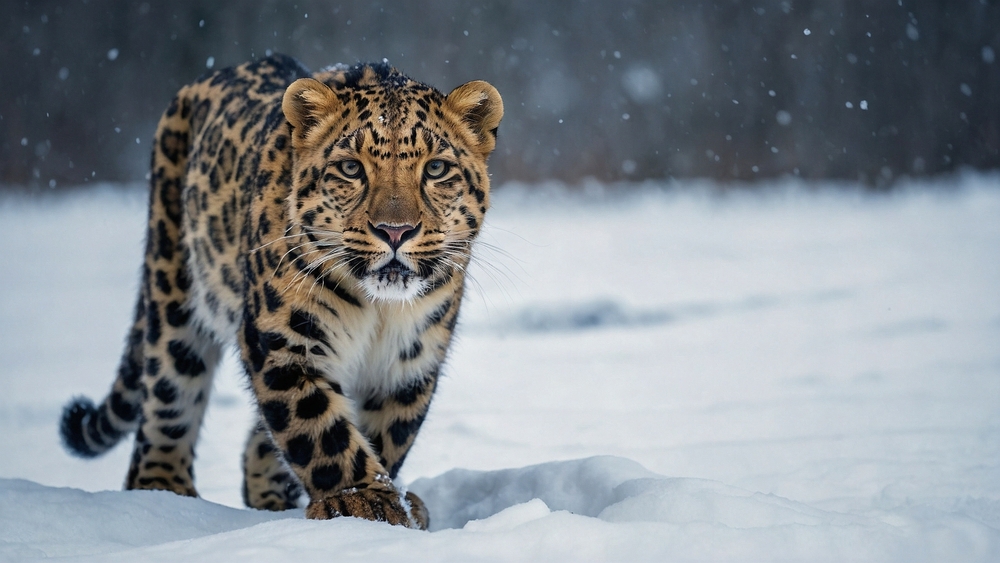
Leopards are solitary, stealthy hunters known for their incredible strength and cunning. They often engage in surplus killing, particularly when prey is abundant, taking down more animals than they can eat in a single sitting. This behavior might be an instinctual drive to secure food for future meals or to reduce competition by thinning out prey populations. While it serves a purpose in the wild, it can result in seemingly senseless killing in environments where human and wildlife interactions overlap.
This behavior reveals the complexities of predator instincts, where the line between survival strategy and excess isn’t always clear. Leopards, with their solitary nature and mastery of stealth, illustrate the intricate balance of predation and adaptation in the wild. Their actions remind us of the complex roles predators play in maintaining ecological balance, a balance that can sometimes seem skewed when viewed through a human lens.
